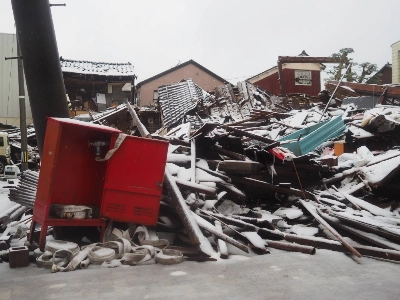The magnitude 7.6 quake that struck on New Year’s Day was caused by a movement of active faults in the sea off Ishikawa Prefecture's Noto Peninsula that had been dormant for 3,000 to 4,000 years, Japanese experts have said.
Researchers told a symposium hosted by Tohoku University on Tuesday that the slipping of a belt of active faults on the Noto Peninsula and the Sea of Japan explained the big jolt — which registered a 7 on the Japanese seismic intensity scale, the maximum level — as well as a tsunami that hit the shores soon afterward.
“While each active fault is short, a group of them have formed a band stretching over 100 kilometers,” said Shinji Toda, a seismologist at the university. “The active faults are right beneath the peninsula, and also in the sea, thus causing the strong jolt on the ground and the big tsunami.”



















With your current subscription plan you can comment on stories. However, before writing your first comment, please create a display name in the Profile section of your subscriber account page.